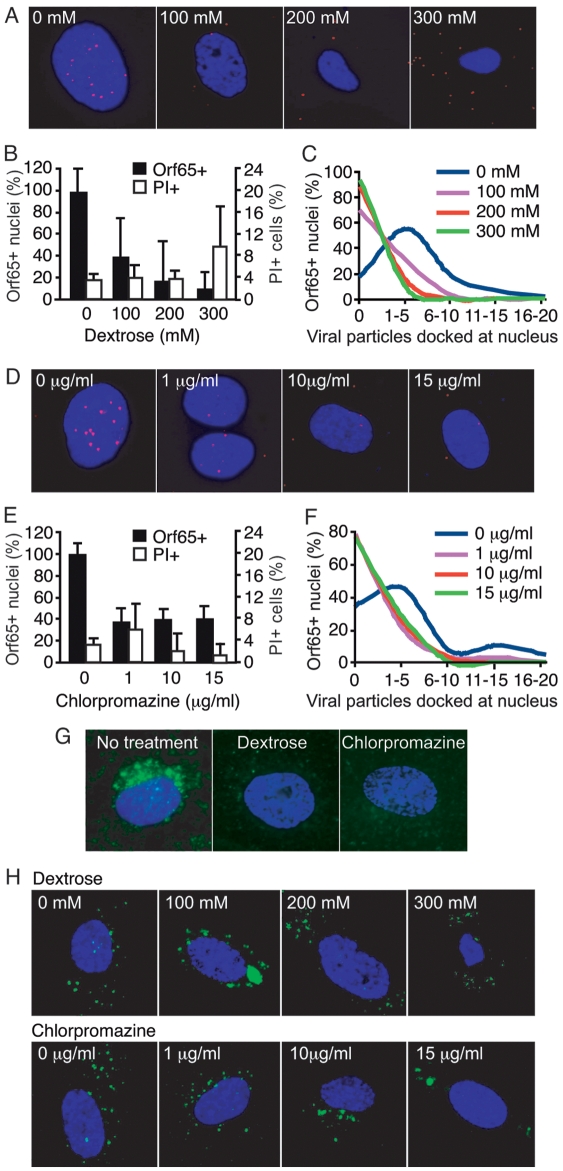Figure 3. Inhibition of clathrin assembly reduces the entry and trafficking of KSHV particles to the perinuclear region.
(A and D) HUVEC were treated with chemical inhibitors of clathrin assembly at the indicated doses for 1 h prior to inoculation with KSHV. Cells were inoculated with KSHV in the presence of inhibitors, fixed at 8 hpi (dextrose) or 2 hpi (chlorpromazine), and stained for Orf65+ viral particles (red) and nuclei (blue). (B and E) The total number of nuclei bearing at least one Orf65+ particle was determined and calculated as Orf65+ nuclei (%). In parallel experiments, cells were subjected to the same treatments and evaluated for viability by PI staining. (C and F) The total number of Orf65+ particles docked at each nucleus was determined. (G–H) Inhibition of clathrin assembly reduces the internalization of AlexaFluor 488-transferrin (G) but not AlexaFluor 488-CTB (H). HUVEC were pretreated with inhibitors of clathrin assembly for 1 h prior to exposure to AlexaFluor 488-transferrin or AlexaFluor 488-CTB. The reduced internalization and perinuclear accumulation of transferrin (green) compared to untreated control cells demonstrates the effective inhibition of clathrin-mediated endocytosis while the internalization and perinuclear accumulation of CTB (green) indicates that the inhibitors did not affect caveolae-mediated endocytosis.

